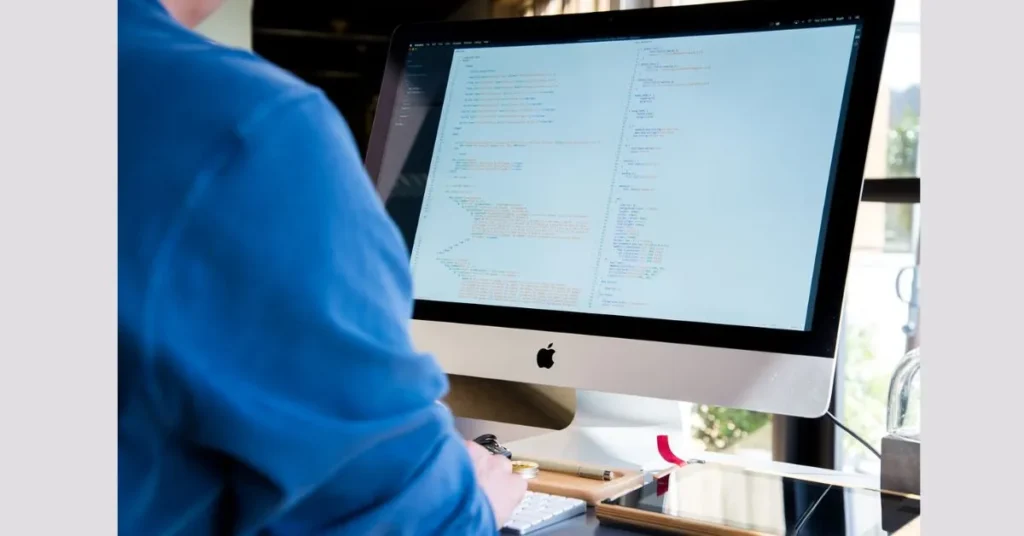Businesses are increasingly turning to Virtual Desktop Infrastructure (VDI) to enhance flexibility, security, and productivity. VDI allows employees to access their desktops remotely, promoting a more mobile workforce and reducing the need for physical hardware. However, while the benefits are enticing, the transition to a virtual desktop environment can come with its own set of challenges. In this blog, we will explore six key hurdles organizations may face when adopting VDI, providing insights and strategies to navigate these obstacles effectively. Understanding these challenges is crucial for businesses aiming to leverage the full potential of Virtual Desktop Infrastructure while minimizing disruptions to their operations.
Contents
Cost of Implementation
One of the primary challenges of adopting Virtual Desktop Infrastructure (VDI) is the initial cost of implementation. The financial investment required can be significant, as businesses must consider various components such as hardware, software licenses, and infrastructure upgrades. The cost is further compounded by the need for robust networking solutions to ensure reliable access to virtual desktops. Make sure to right size or reduce VDI to match the business model and user demands. To mitigate this challenge, businesses should conduct a thorough cost-benefit analysis before embarking on VDI implementation. This assessment should consider factors such as employee productivity gains, reduced hardware and maintenance costs, and potential savings from remote work arrangements.
Complexity of Management
Another significant challenge associated with adopting Virtual Desktop Infrastructure (VDI) is the complexity of management. As organizations transition to a virtual environment, the management of virtual desktops becomes multifaceted, involving not only the deployment of software and resources but also ongoing maintenance and support. IT teams must be adept at handling various technical aspects, such as image management, user provisioning, and performance monitoring, which can become overwhelming, especially in larger organizations. Additionally, the need for continuous updates and security patches adds another layer of complexity to the management process. To address this challenge, organizations should invest in robust management tools and consider partnering with managed service providers to ease the burden on internal IT teams.
Performance Issues
Performance issues are a critical challenge that organizations may encounter when adopting Virtual Desktop Infrastructure (VDI). Users expect a seamless experience when accessing their virtual desktops, and any latency or lag can lead to frustration and decreased productivity. Factors contributing to performance problems include network bandwidth limitations, server overloads, and inadequate hardware resources. Ensuring that the underlying infrastructure can handle the demands of multiple users is essential for optimal performance. Organizations should conduct thorough testing and monitoring before rolling out VDI to identify and address any potential performance bottlenecks.
Security Concerns
Security concerns pose a notable challenge for organizations adopting Virtual Desktop Infrastructure (VDI). As virtual desktops are accessed over the internet, they may be vulnerable to various cyber threats, including data breaches and unauthorized access. Ensuring the security of sensitive data stored on virtual desktops is paramount, as any compromise can have severe implications for the business. This challenge is further complicated by the need to implement robust security measures, such as two-factor authentication, encryption, and regular security audits. Businesses must foster a culture of security awareness among employees, educating them on best practices for the safe usage of virtual desktops.

User Resistance
User resistance is a prevalent challenge that organizations may face when adopting Virtual Desktop Infrastructure (VDI). Despite the potential advantages, employees can be hesitant to embrace new technologies, particularly if they are accustomed to traditional desktop environments. Common concerns include fear of change, anxiety over adapting to new workflows, and uncertainties regarding the reliability of virtual desktops. To overcome this resistance, businesses should prioritize effective change management strategies. This includes providing comprehensive training sessions, showcasing the benefits of VDI, and actively involving users in the transition process.
Integration Challenges
Integration challenges represent another significant hurdle when adopting Virtual Desktop Infrastructure (VDI). Many organizations rely on a variety of existing applications and systems that need to function seamlessly within the new virtual environment. This integration process can be complex, as it may involve ensuring compatibility between legacy systems and modern software solutions.
Additionally, applications that require high-performance computing or specialized hardware may struggle to operate effectively in a virtualized setting. To address these challenges, businesses should conduct a thorough assessment of their current IT landscape before implementing VDI. This assessment should identify key applications, evaluate their compatibility with the VDI environment, and develop a strategic plan for migration and integration, allowing for a smoother transition and minimization of disruptions in workflow.
Adopting Virtual Desktop Infrastructure (VDI) presents a unique set of challenges that organizations must navigate to fully realize its benefits. From initial implementation costs and management complexity to performance issues, security concerns, user resistance, and integration hurdles, each challenge impacts the effectiveness and efficiency of the transition. However, with strategic planning, comprehensive training, and the right management tools, businesses can overcome these obstacles. By understanding and addressing these challenges, organizations can create a secure, flexible, and productive virtual desktop environment that meets the needs of a modern workforce and drives overall business success.

